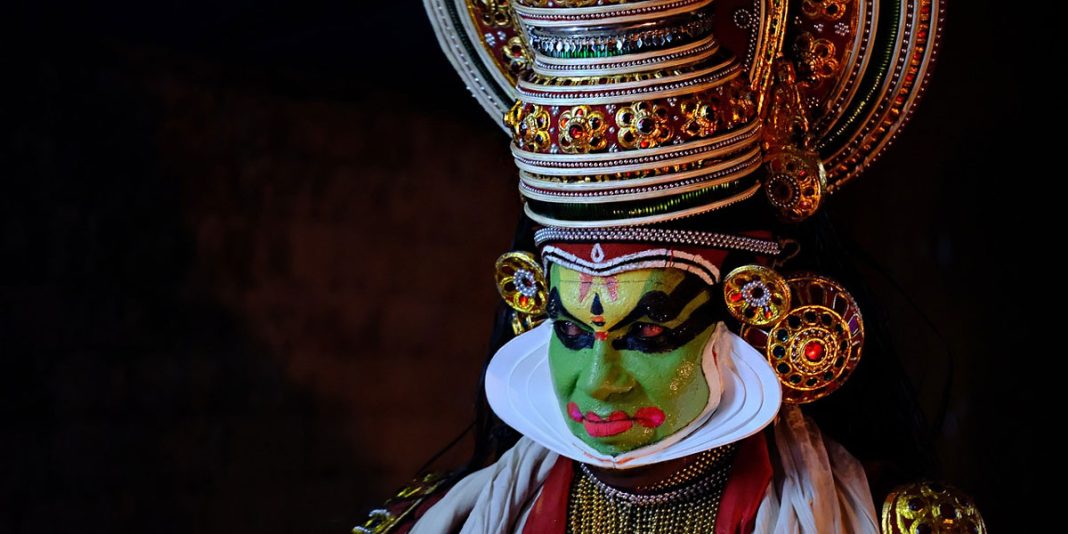Storytelling is both the social and cultural activity of sharing stories. Each culture has its own narratives which serve to share histories, moral values, and to serve as entertainment, and each person has their own version of the story.
Storytelling and mythology predate writing and ancient storytelling takes many forms including rock art, singing, dance, maps, religious rituals, and oral narrative. Stories are a way for us to more easily understand and remember moral and philosophical teachings. In fact, a story can become the basis of our life. Telling our own story, or that of our ancestors gives us energy in the same way that eating does. It has been shown that storytelling aids in healing, offering inspiration and a feeling of control when we are ailing.
India has many different styles of storytelling from Kathakali dance of Kerala which almost resembles sign language in its subtle gestures and facial expressions, to comic books, cave paintings, palm leaf manuscripts, and the Ramayana told through puppet theatre.
A unique storytelling format in India is the Katha, or religious storytelling in the form of a ritual event involving musicians, chanting, and recitation of stories from the Hindus texts such as the Puranas, the Ramayana, or the Bhagavata Saptaha from priest narrators. Kathas instill moral values and reflect philosophical teachings.
The Bhagavata Saptaha is a narration and explanation of the Srimad Bhagavatam or Bhagavata Purana over a period of seven days. The Bhagavata is one of the Puranas of Hinduism, composed in Sanskrit and attributed to Veda Vyasa, and dates to between 500 CE to 1000 CE. It contains the essence of all Vedanta literature and promotes devotion towards Krishna.

